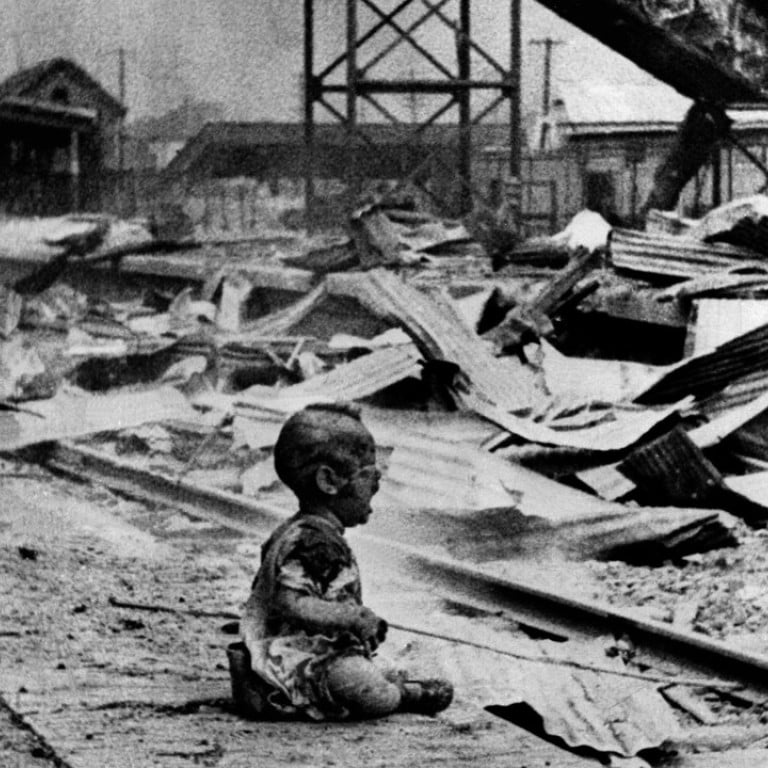
Review | Review – Bloody Saturday: Shanghai’s Darkest Day relives devastating aerial bombings of August 1937
Stringing together multiple accounts, Paul French’s gripping narrative retells the dreadful events that lead to the death of more than 2,000 people in Shanghai during the second Sino-Japanese war
by Paul French
Penguin Books
3.5/5 stars
The aerial bombing of Shanghai on August 14, 1937, was the prelude to one of the darkest periods in history for the city – and the country.
Book review - City of Protest: A Recent History of Dissent in Hong Kong is timely handover anniversary read
It caused thousands of casualties, devastated both Chinese areas and the foreign-controlled International Settlement, and brought the horrors of the second Sino-Japanese war to the city. The ghastliest irony of the situation was that most of the damage was done by misdirected Chinese bombs.
Bloody Saturday: Shanghai’s Darkest Day by Paul French, the author of numerous works about recent Chinese history – including the acclaimed Midnight in Peking (2011) – retells the events of that day, drawn from a dizzying array of contemporary sources.
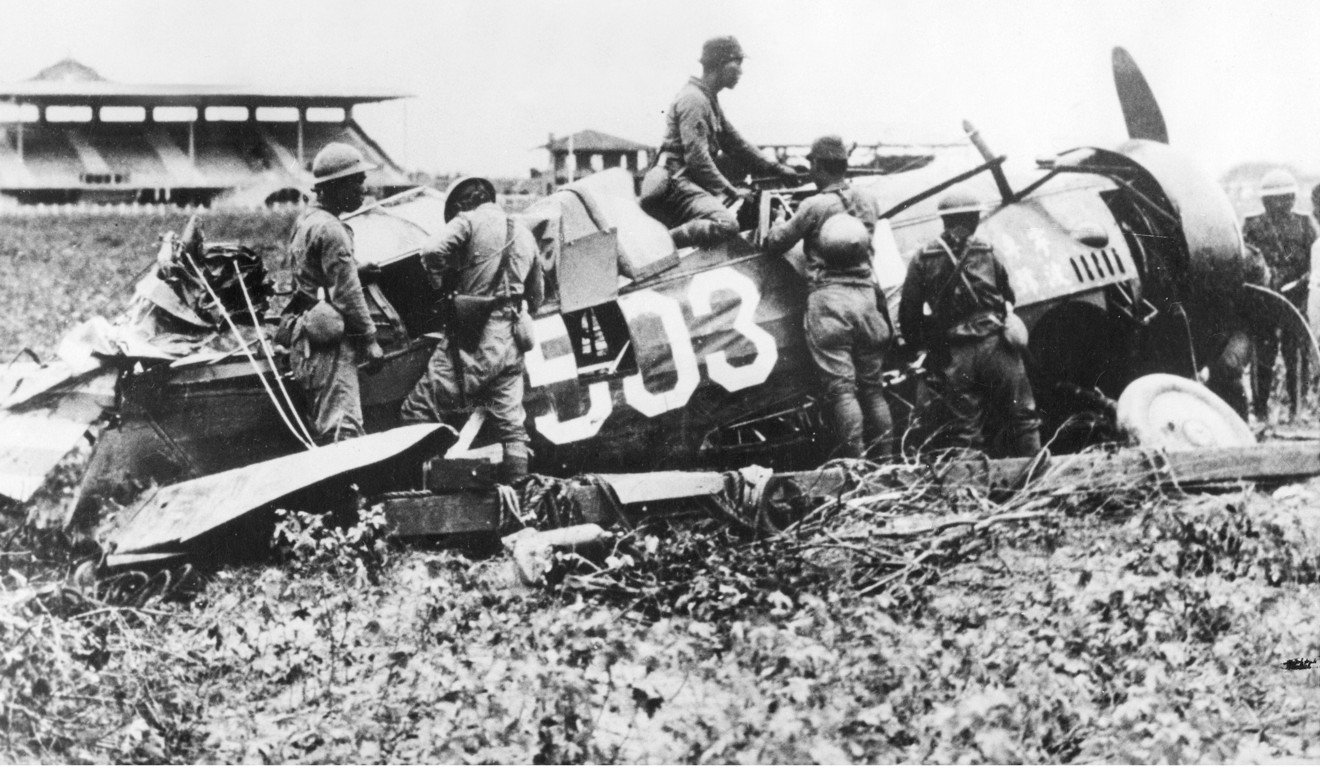
A gripping page turner, it brings the events to life with a tremendous accumulation of detail and anecdote, although, at times, it also results in a lack of both focus and context.
With a death toll of more than 2,000, Bloody Saturday was the deadliest ever aerial bombardment of a city at the time – a record that was repeatedly and horrifically surpassed over the decade to follow.

Two days before, Japanese gunboats started shelling districts of the city from their anchorages on the Huangpu River, but the most destructive bombing came from Chinese planes missing their targets. With adverse weather forcing inexperienced pilots to fly lower than they were accustomed to, bombs intended for the Japanese boats actually hit Nanjing Road around the Cathay Hotel and the Da Shijie (Great World) amusement palace.
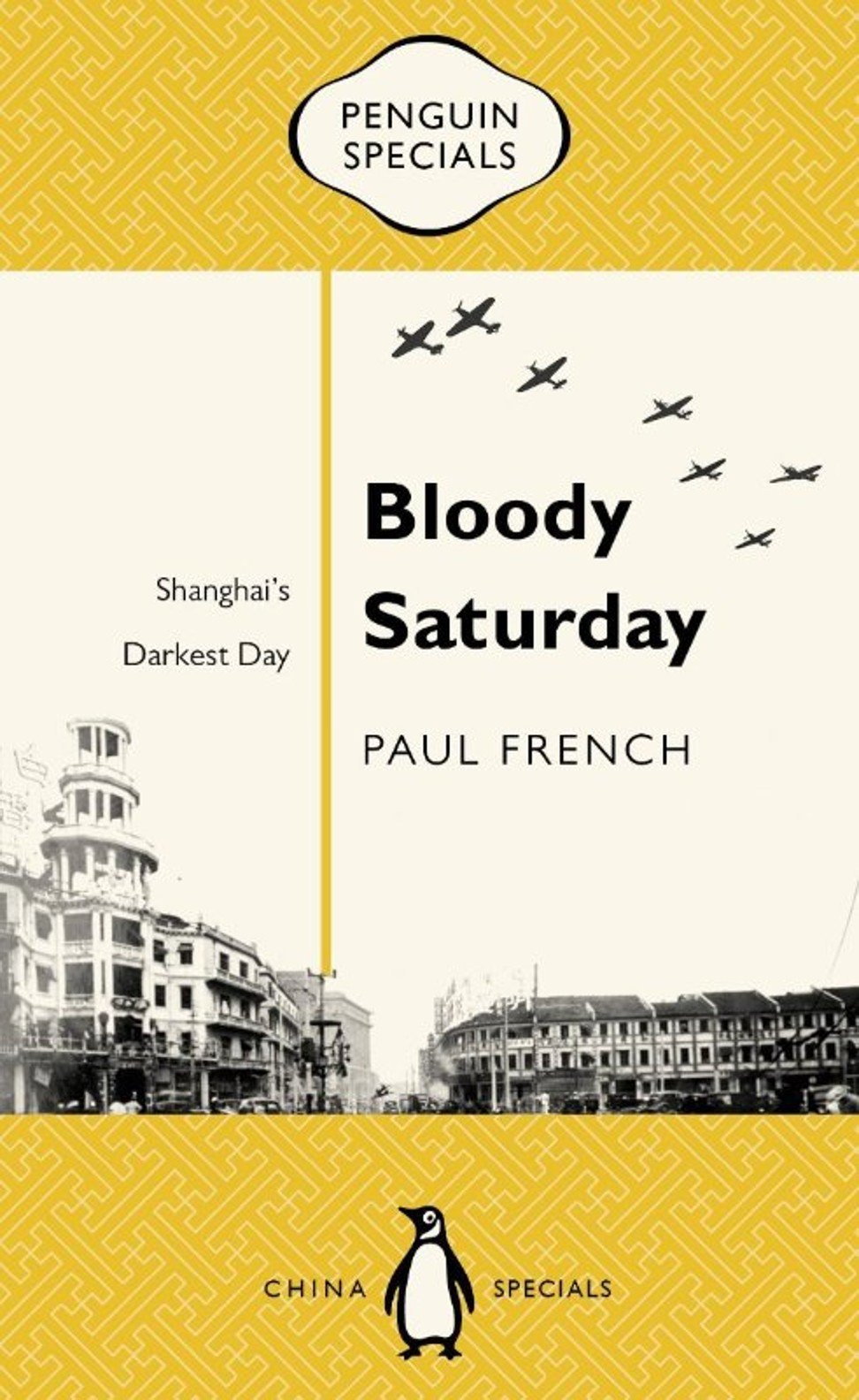
Indeed, many of those hit by the blasts had helped to pay for the planes that dropped the bombs, via a Chinese government funding drive. Some at the time believed it was a tactic by the Chinese to draw the foreign powers into anti-Japanese action, but in reality it was just a terrible accident.
As part of Penguin’s China Specials mini-book series, Bloody Saturday manages to tell this gripping yarn in 20,000 words. French is clearly immersed in the history of the period; he pieces together a patchwork of accounts to create a dense, detailed and action-packed narrative of the day – although it’s told very much from a particular perspective, given that all of the sources appear to be Westerners.
The style is more like a thriller than a work of history – an impression bolstered by French’s decision not to directly acknowledge sources in the text. This gives the book an immediate, visceral quality, but can make it harder to take seriously as historical scholarship, especially as there’s no bibliography.
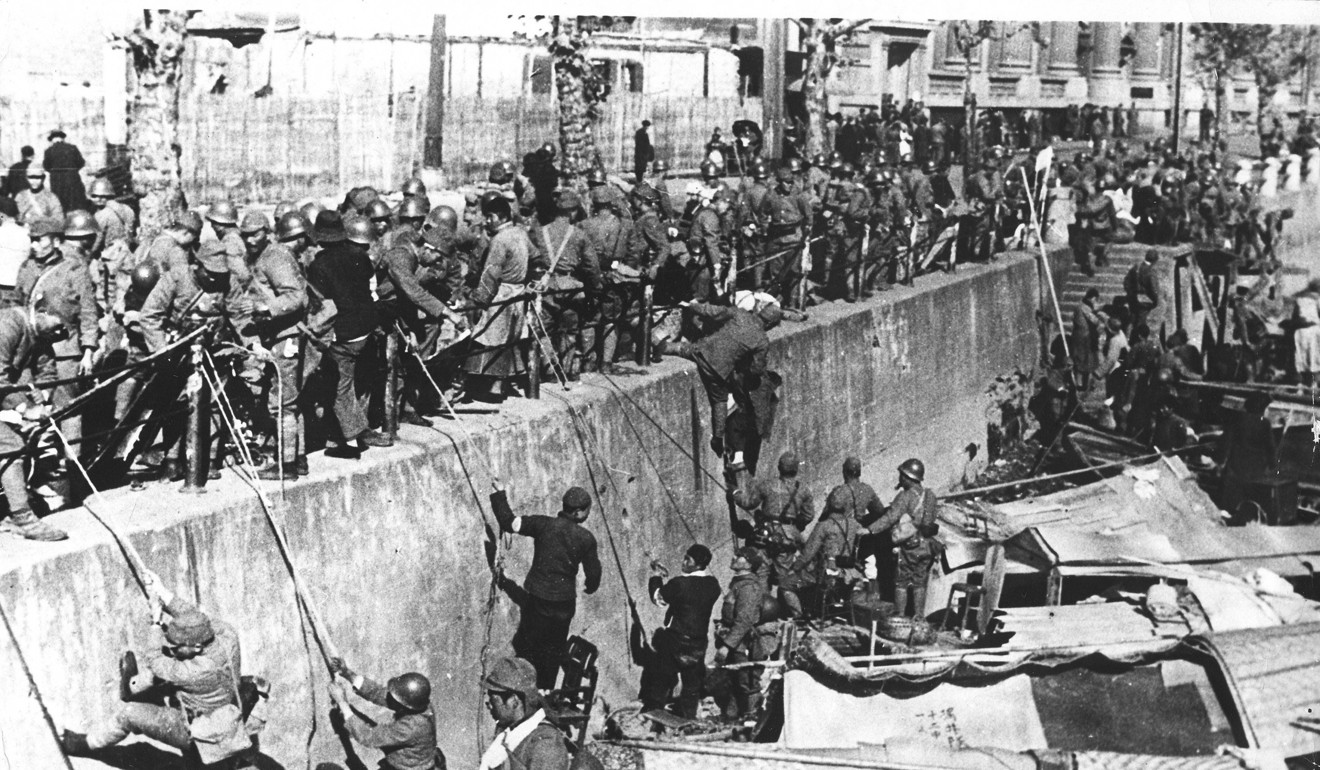
There’s also a bewildering cast of characters, many of them introduced and then quickly wiped out by the bombing. French also says very little about the wider political context of the attack, although that might have required rather more than 20,000 words to do it justice.

The detail we do have is illuminating, though, and frequently possesses a cinematic quality: the clock on the front of the Cathay Hotel stopping after being hit in the initial wave of attacks, for example; or taipan Lucien Ovadia, a member of the Sassoon family, being thrown across his devastated office by a bomb blast, after which his phone rings with news from the manager of the Cathay that it had been hit; or, in the Horse and Hounds bar in the Cathay, which remained open after the initial blasts, a Russian man picking up a thumb off the floor and asking if it belonged to anyone there.
This kind of comically exaggerated stoicism provides many of Bloody Saturday’s best moments. A cricket match was still taking place at the racecourse that day, and was only suspended when shrapnel stopped play.
Borrowed Spaces celebrates Hong Kong’s essence: its street life - unplanned and undying despite officials’ best efforts to crush it
American journalist George Battey cycled six kilometres through skirmishing soldiers to reach the American embassy clad in a bathing costume and khaki shorts, with a stars and stripes on a pole on the back of his bike. And the Metropole Cinema continued showing films after the attack, although, as French points out, the Edward G. Robinson drama Thunder in the City probably wasn’t the best of choices.
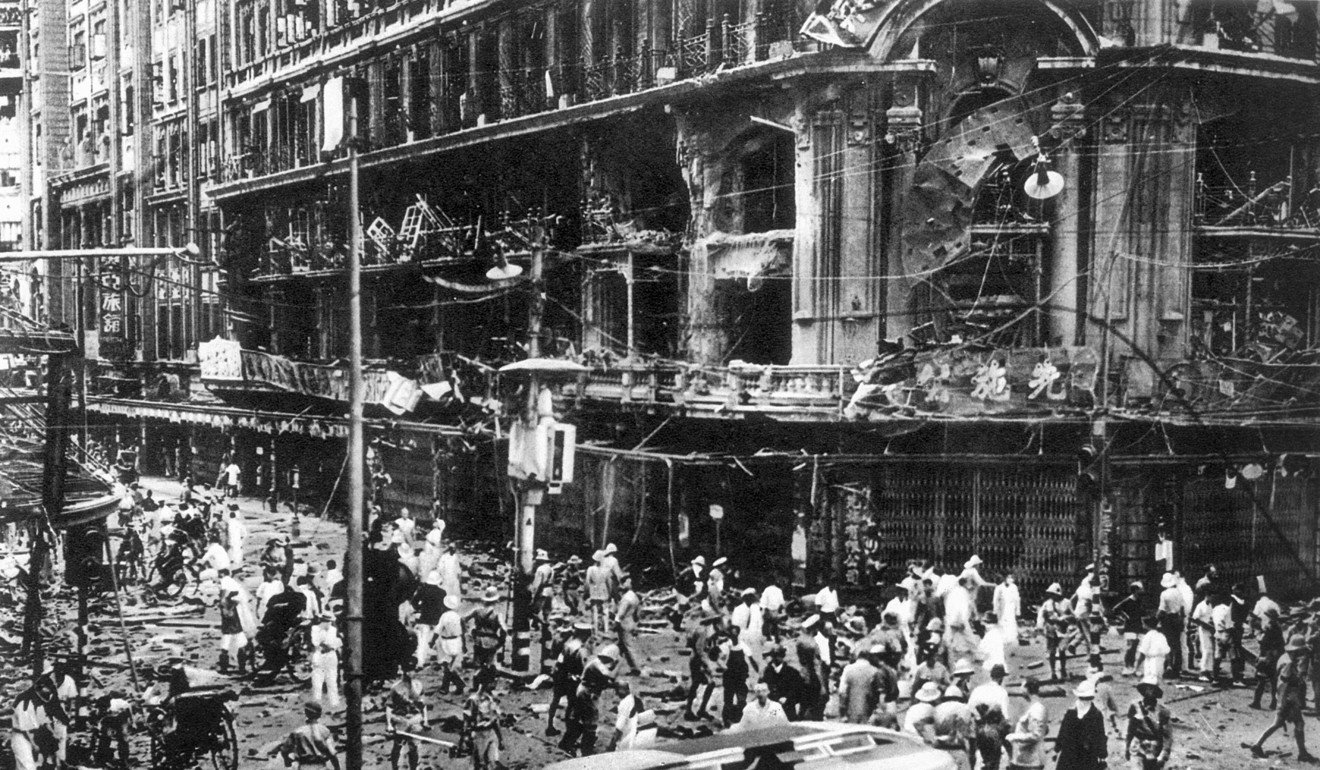
There’s also some harrowing detail of the carnage and destruction caused by the bombing, with unforgettably vivid descriptions of the dead and wounded. We hear of fire officer R. Somers, for example, borrowing five cents from an injured man in a shop opposite Great World so he can call his chief officer to request assistance. Finishing the call, Somers turns around to thank the man but finds him dead.
With moments like this, French makes history real in a hyper-condensed space – but to do this particular story justice, he could have done with a bigger canvas.

